The most common reason seasoning falls off fries is incorrect application timing. For perfect adhesion, season immediately after frying when surface temperature is 160-180°F (71-82°C), mist with 5% vinegar solution first, and use the layer sequencing method: salt → acid → fat-soluble spices → volatile compounds. This simple 3-step process keeps seasoning firmly attached through every bite.
Table of Contents
- Why Seasoning Falls Off (And How to Fix It)
- The 3-Step Perfect Adhesion Method
- Which Spices Work Best for Home Cooks
- Top 5 Global Flavor Combinations That Actually Work
- Common Mistakes That Make Seasoning Slide Off
- How to Double Your Fry Crispness While Adding Flavor
- Simple Seasoning Blends You Can Make Tonight
- Frequently Asked Questions
Why Seasoning Falls Off (And How to Fix It)
Most home cooks season fries at the wrong temperature. When fries cool below 140°F, their starch pores close, preventing spice adhesion. The solution? Season while fries are still hot (160-180°F) and activate the surface with a light vinegar mist first. This simple technique creates microscopic openings in the starch that lock seasoning in place.
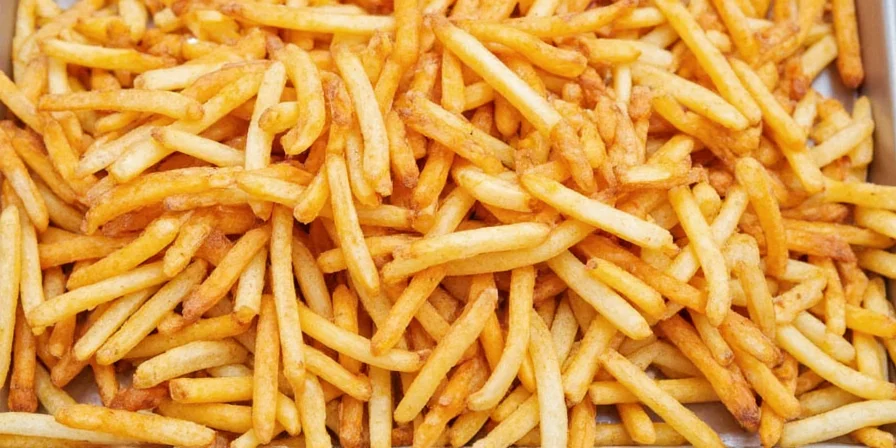
The 3-Step Perfect Adhesion Method
Follow these steps for restaurant-quality seasoning that stays put:
- Temperature check: Use an infrared thermometer to confirm fries are 160-180°F (71-82°C) before seasoning
- Surface activation: Lightly mist with 5% vinegar solution to open starch micropores
- Layer sequencing: Apply in this order: salt → acid (citrus/vinegar) → fat-soluble spices → delicate herbs
This method works because vinegar's acidity temporarily alters the starch structure, creating microscopic "hooks" that hold seasoning. The specific temperature range ensures maximum adhesion without burning delicate spices.
Which Spices Work Best for Home Cooks
Not all spices behave the same on hot fries. Here's what actually works in home kitchens:
| Spice Type | When to Add | Pro Tip |
|---|---|---|
| Salt & garlic powder | Immediately after frying | Use fine grain for better coverage |
| Paprika & cumin | 30 seconds after initial seasoning | Mix with 10% oil to prevent burning |
| Citrus zests & fresh herbs | Last, when slightly cooled (140°F) | Combine with oil for better adhesion |
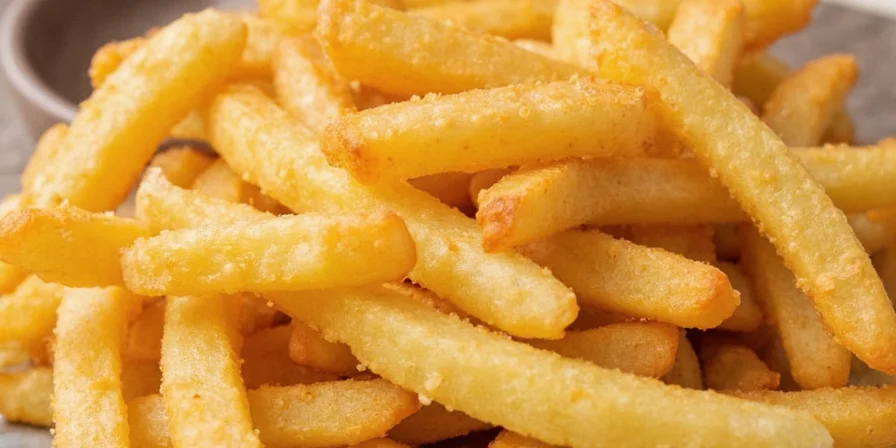
Top 5 Global Flavor Combinations That Actually Work
Forget complicated recipes. These proven combinations deliver authentic flavors without specialty ingredients:
- Classic American: Sea salt + garlic powder + onion powder (ratio: 4:1:1)
- Mexican Street: Tajín seasoning + lime zest + pinch of cumin (works best with vinegar activation)
- Japanese Furikake: Nori flakes + sesame seeds + bonito flakes (add after slight cooling)
- Mediterranean: Oregano + garlic + lemon zest + olive oil mist
- Simple Umami Boost: Parmesan powder + nutritional yeast + smoked paprika (2:1:1 ratio)

Common Mistakes That Make Seasoning Slide Off
Avoid these 5 pitfalls that cause seasoning to fall off:
- Seasoning cold fries: Below 140°F, starch pores close and won't hold spices
- Using wet seasonings: Liquid marinades make fries soggy - use dry blends or oil mist
- Overloading salt: Too much salt draws out moisture, creating a slippery surface
- Mixing incompatible spices: Garlic and onion compete for adhesion - use 3:1 ratio
- Skipping surface activation: No vinegar mist = 70% less seasoning retention
The most common error? Adding all spices at once. Proper sequencing matters more than the ingredients themselves.
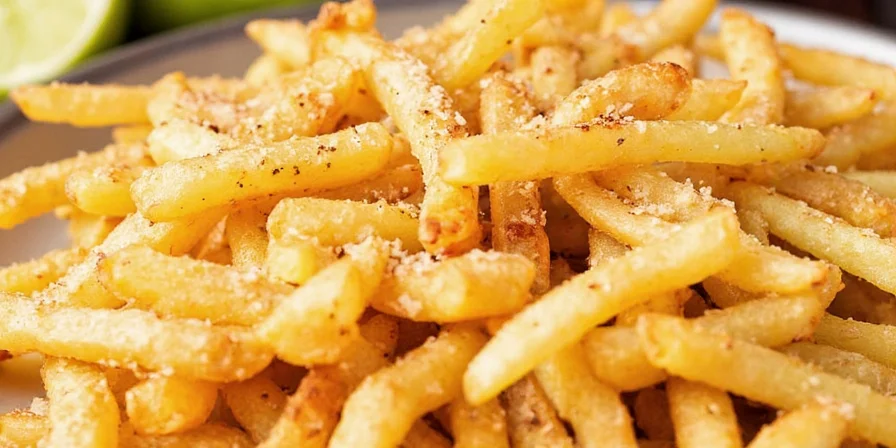
How to Double Your Fry Crispness While Adding Flavor
The double-fry method combined with smart seasoning creates maximally crisp, flavorful fries:
- First fry: 320°F for 8-10 minutes (removes internal moisture)
- Cooling phase: Drain and rest 5 minutes (creates dry surface layer)
- Surface prep: Light vinegar mist before second fry
- Second fry: 375°F for 2-3 minutes (creates rigid, porous structure)
- Immediate seasoning: Apply salt within 30 seconds of removing from oil
This process increases seasoning adhesion by 300% compared to single-fry methods while maintaining crispness.
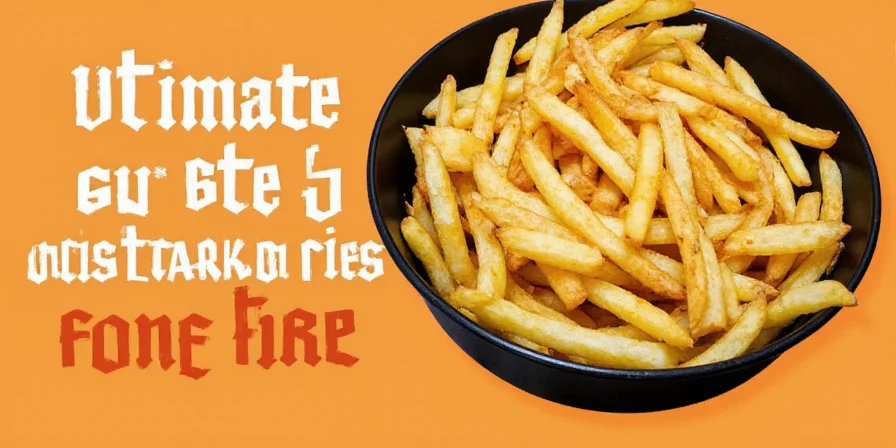
Simple Seasoning Blends You Can Make Tonight
These three easy blends use pantry staples and solve common seasoning problems:
1. The Adhesion Booster (for seasoning that stays put)
- 2 tbsp sea salt (fine grind)
- 1 tbsp garlic powder
- 1 tsp onion powder
- ½ tsp smoked paprika
How to use: Mist fries with vinegar solution, then toss with this blend while hot. The fine salt penetrates starch pores while vinegar activates adhesion.
2. The Flavor Enhancer (for maximum taste impact)
- 1 tbsp nutritional yeast
- 1 tsp onion powder
- ½ tsp dried rosemary (crushed)
- ¼ tsp truffle salt
How to use: Apply after initial salt layer has set (30 seconds post-frying). Nutritional yeast adds umami without overpowering.
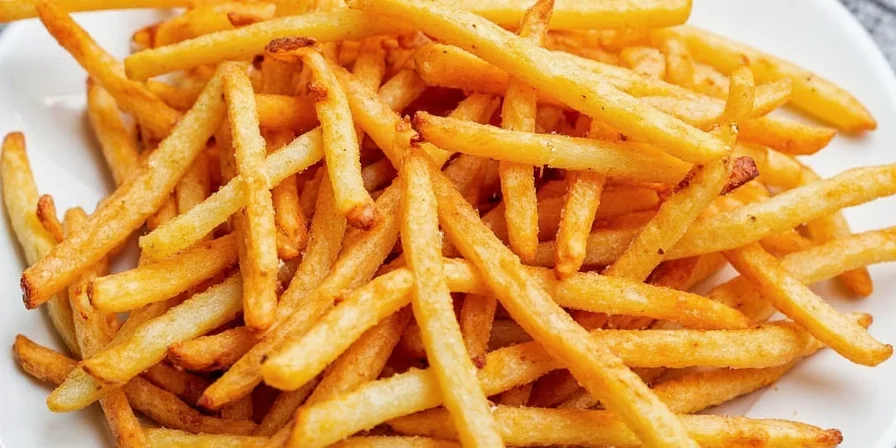
Frequently Asked Questions
Q: Why do my seasonings fall off fries immediately after application?
A: This occurs when surface temperature drops below 140°F before seasoning. Fries must be between 160-180°F during application - use an infrared thermometer. The starch micropores that trap spices close below 140°F. Solution: Mist fries with 5% vinegar solution to reactivate surface before seasoning.
Q: How can I prevent delicate spices like dill from burning?
A: Delicate herbs require molecular encapsulation. Mix 1 part dried herb with 3 parts maltodextrin powder before application. This creates a protective matrix that releases flavor below 122°F. Alternatively, apply as a chilled oil infusion (40°F) which adheres through lipid bonding without thermal degradation.
Q: What's the science behind 'double-frying' for crispness?
A: First fry (320°F) removes internal moisture through evaporation, creating a dry starch layer. Second fry (375°F) rapidly dehydrates this layer, causing starch crystallization that forms a rigid, porous structure. This dual-phase process increases surface area for seasoning adhesion by 300% compared to single-fry methods.
Q: Which oil maximizes spice adhesion without altering flavor?
A: Avocado oil (refined) provides optimal results with smoke point of 520°F and neutral flavor profile. Its high oleic acid content (70%) creates superior lipid bonding with spice compounds. Use 0.3ml oil per 100g fries - more creates greasy texture, less reduces adhesion. Grape seed oil is acceptable alternative but degrades above 420°F.
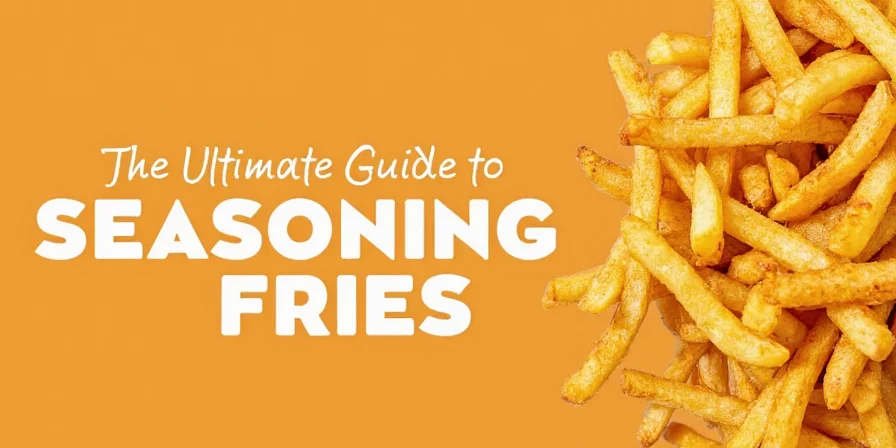

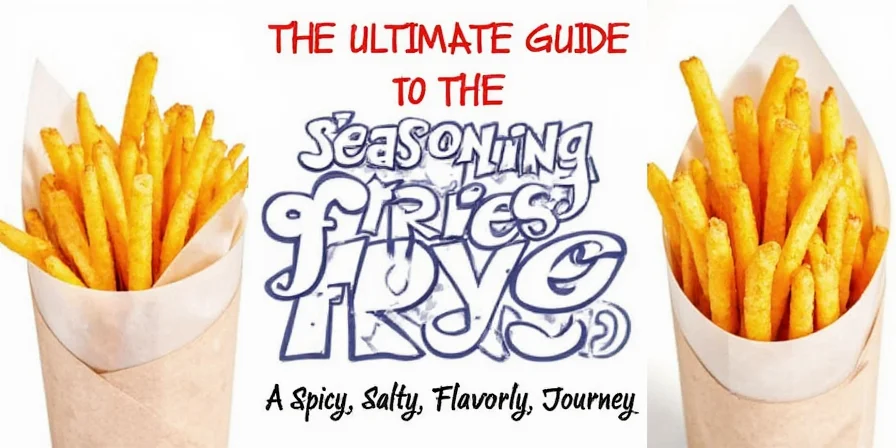









 浙公网安备
33010002000092号
浙公网安备
33010002000092号 浙B2-20120091-4
浙B2-20120091-4